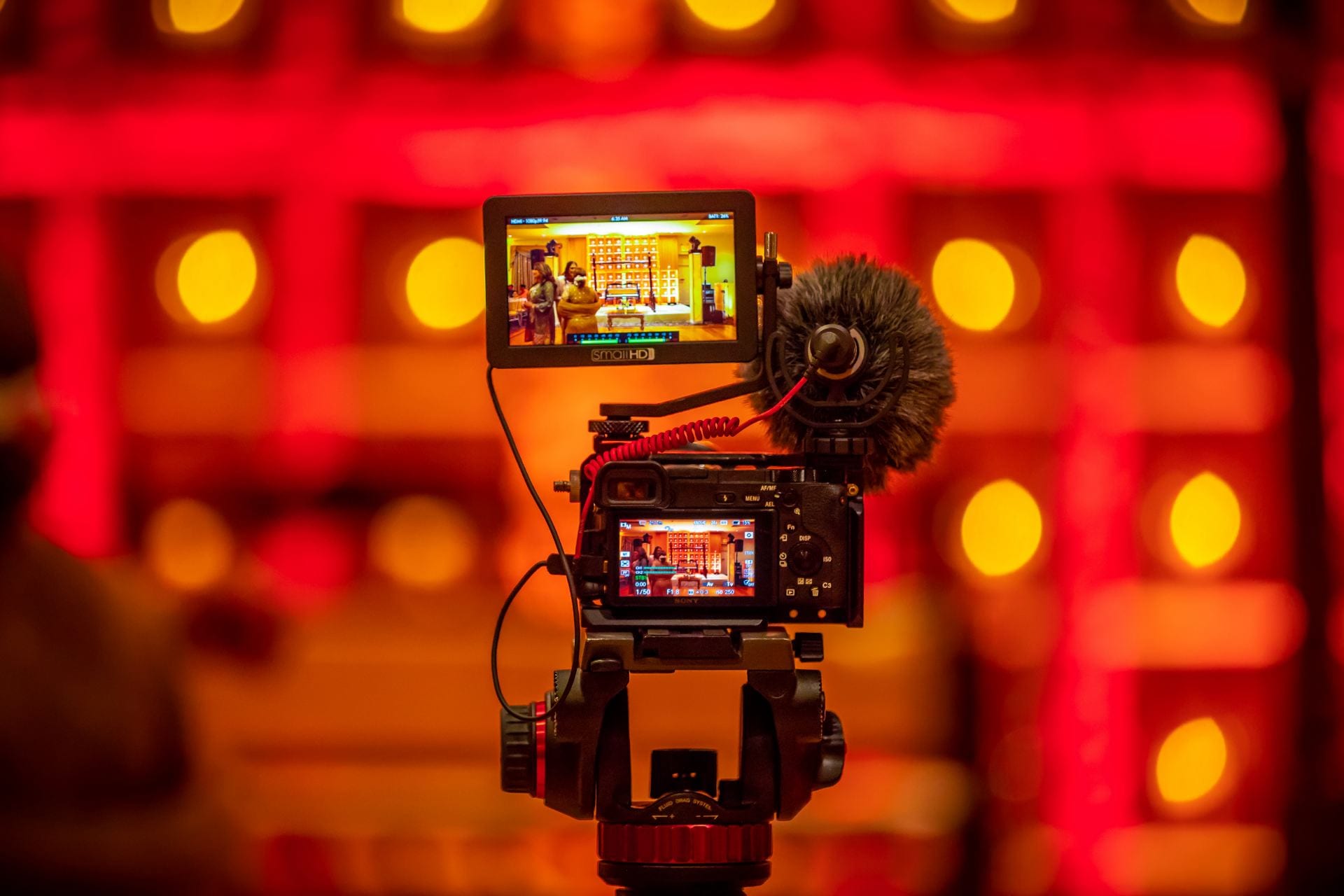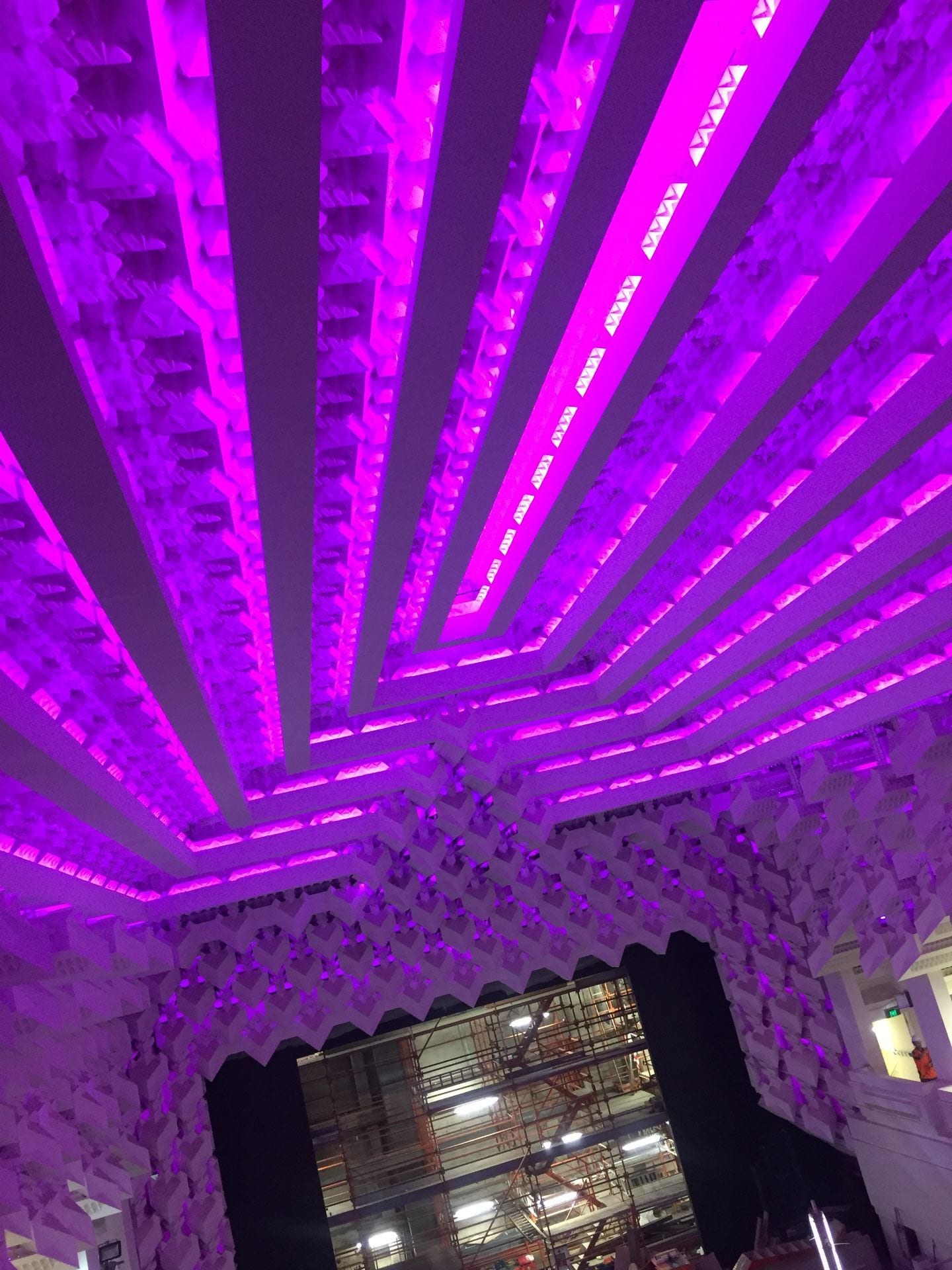What is your interpretation of the term ‘oral history’?
I understand oral history as a research method that collects, documents and interprets testimonies and memories through oral interviews. It is about documenting history retrospect. The advantages of oral history are that it can give us a different and more personal perspective on historic events. By actually listening to real, individual people and not only looking at historic documents you get a more nuanced look into history.
But when utilizing oral history there are many things to be aware of. Something that Shopes mentions in ‘What Is Oral History?’ from 2002 is that it is important to consider the terms reliability and veracity when engaging with oral history (p. 2). In my opinion these terms can be very hard to judge when it comes to oral history. If more people confirm the same story you can with some certainty rely on it. But what about the personal stories? Isn’t it the whole point to get their individual story as they experienced it?
The interviewer plays a big part in the outcome of the interview that are conducted and eventually considered as oral history. Shopes claims that “There is no doubt that the single most important factor in the constitution of an interview is the questions posed by the interviewer” (p. 8) which underlines the great influence the interviewer has on the output of the interview. Therefore, the interviewer should ask open and unbiased questions which allows the narrator to tell their version of the truth. But this is not as easy as it sounds. Both the interviewer as well as the narrator’s knowledge and statements derive from their prior experiences and are influenced by their respective interests. Furthermore, the interview will always be influenced by the context and the environment it is conducted within. This I think is very imported to know. Therefore, you should always be critical toward the source.
This understanding goes hand in hand with Shopes’ understanding of oral history interviews as texts that can be interpreted (Shopes, 2014, p. 260). I also think the text/interview should be the center of the work and the theory around that as support – and not the other way around.
What examples of oral history do you find inspirational? Explain why they inspire you.
I recently watched the docuseries “Jonestown: Terror in the Jungle” from 2018. It is about the priest Jim Jones who founded the People’s Temple in 1955, a church or sect that built on a mixture of Marxism and Christianity. In the mid-1970’s the sect moved into Guyana’s jungle to create a paradise on land, the agricultural community of Jonestown. But it wasn’t a utopia. In November 1978, 900 members committed collective suicide. The series investigates the tragedy by interviewing survivors and former members of the sect. What I noticed while watching it was that they interviewed a lot of different people who in each had their own individual story to tell. I thought that was very interesting how the documentary let all of them tell their individual story while simultaneously telling the story about the Jonestown massacre. It was very inspiring how these interviewees viewed the event in retrospect and how they you could see that they have had a lot of time to reflect on the events. Even though this documentary is about a tragic part of history, I still find inspiration in the way it lets the interviewees tell their own story and how these are put together to see the event in a bigger picture. I imagine the same method can be used to dig deeper into the past of the Capitol Theatre.
What I hope to uncover about the Capitol Theatre is both small and big stories told by ordinary people. As Linda Shopes emphasizes, these ordinary people are a great source when it comes to oral history. For me, it is not necessarily about finding facts about a particular event, but more about finding out the feelings and memories associated with the Capitol.
Another thing from “Jonestown: Terror in the Jungle” that inspired me was the how the spoken word and the archive pictures and videos worked so well together in telling the story. What I especially found interesting about this was the big focus on using photos if the interviewees. That underlined that it was their stories being told.
How will your own work in this studio be informed by your understandings of oral history and the examples mentioned above?
In my understanding of oral history, I’d like to emphasize that what I find most important about the research method is that it allows the interviewees to tell their own version of the story. This aspect I find greatly important and I think that is why documentaries can be very interesting – because they often offer to view the case from different perspectives. I hope we can do the same in our project regarding to the Capitol Theatre. Even though I hope that we can interview people who have experienced the theatre in the olden days I still think that interesting interviews can come out of talking to people who have not witnessed the theatre, but instead have some kind of expert knowledge about it. It could for example be interesting to talk to an expert of architecture and hear their perspective on the Capitol’s architectural features and Marion Mahony Griffins’ influence of it.
Even though my example of oral history is about a completely different and much darker topic, I still find inspiration in the way the documentary utilizes interviews and oral history to tell a story. I will attempt to interview the narrators in a such way and environment that they feel free and comfortable telling their very own version of the story. I will also try get make an ask questions that makes the narrator talk about the atmosphere of the Capitol theatre, so that the audience will be able to imagine the old Capitol as vividly as possible. By using photos, videos and perhaps background music I hope we will be able to underline the atmosphere the narrators will describe in the interviews.
Literature
Shopes, L. (2002). “What Is Oral History?” In Making Sense of Oral History (pp. 1-18). History Matters: The U.S. Survey Course on the Web.
Shopes, L. (2014). ““Insights and Oversights”: Reflections on the Documentary Tradition and the Theoretical Turn in Oral History.” Oral History Review (vol. 41 no. 2), pp. 257-268.
Jonestown: Terror in the Jungle (2018) [Documentary]. https://www.amc.com/shows/jonestown-terror-in-the-jungle/full-episodes





